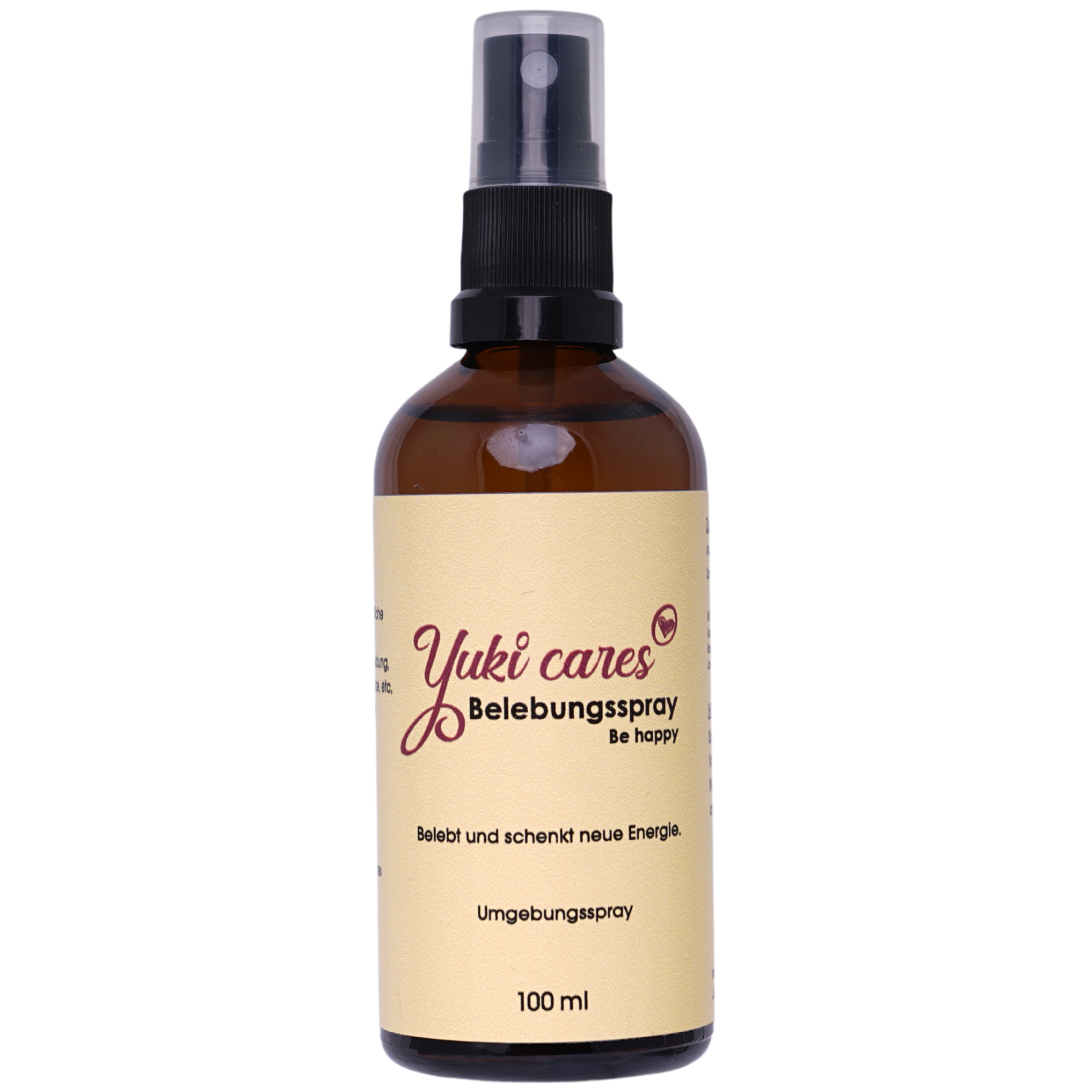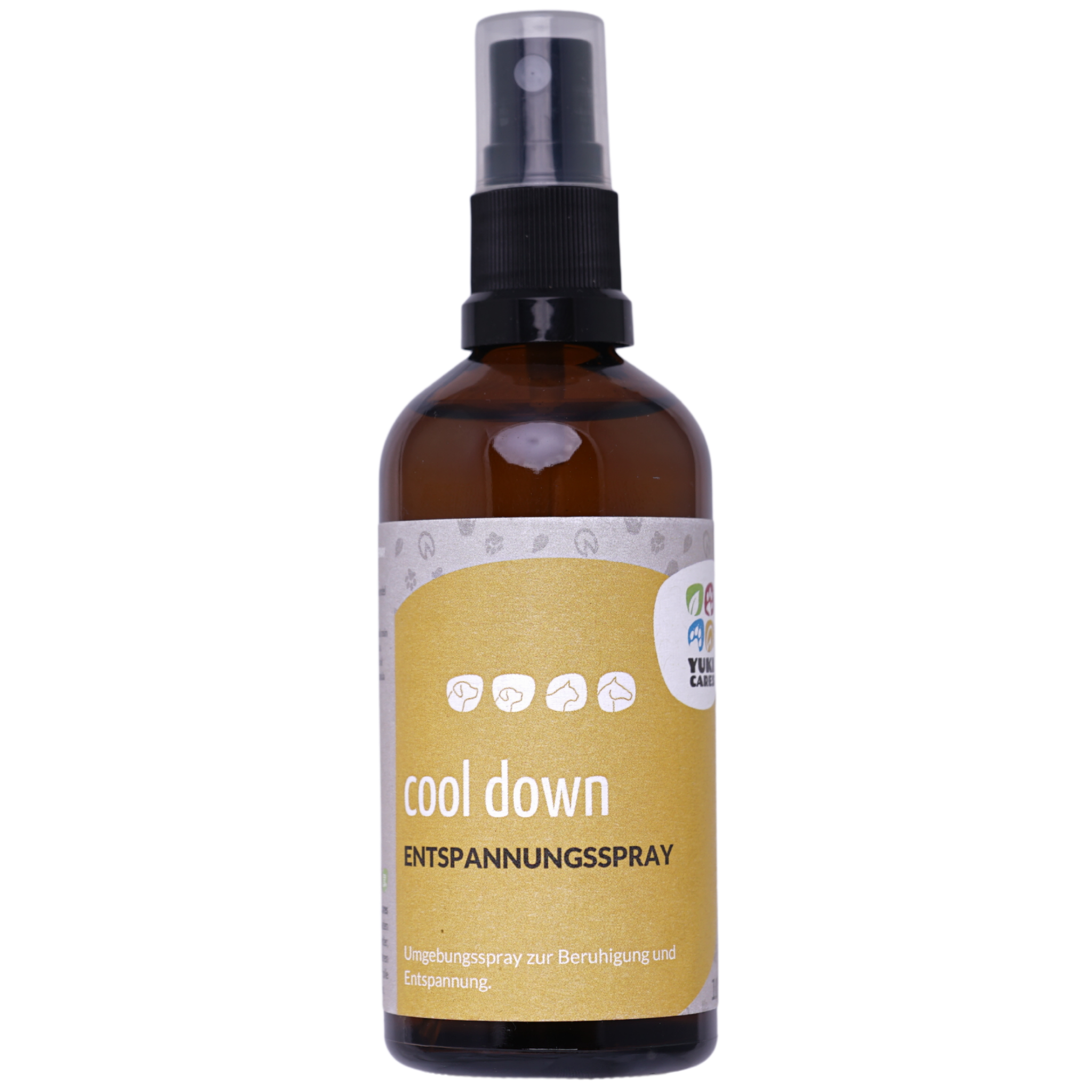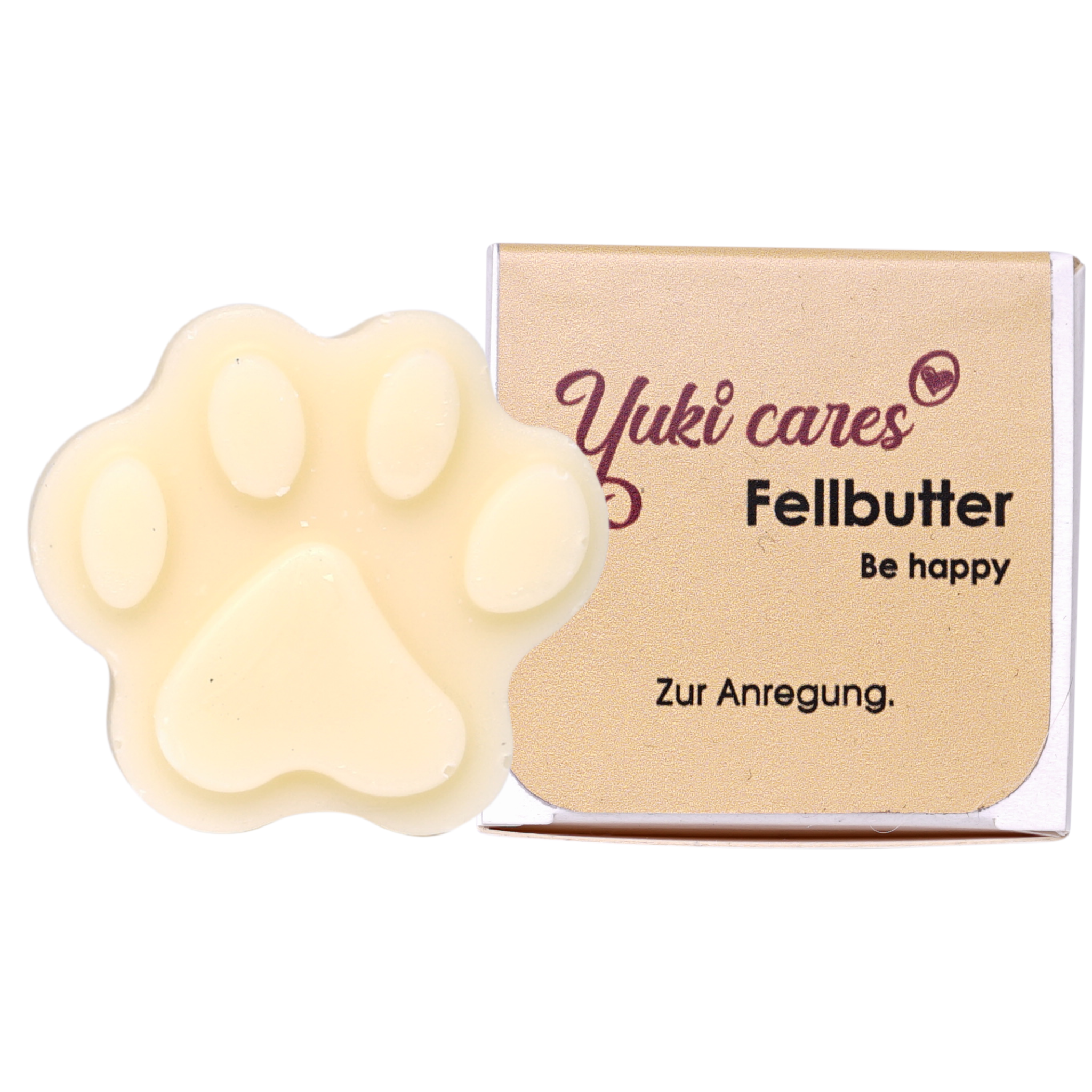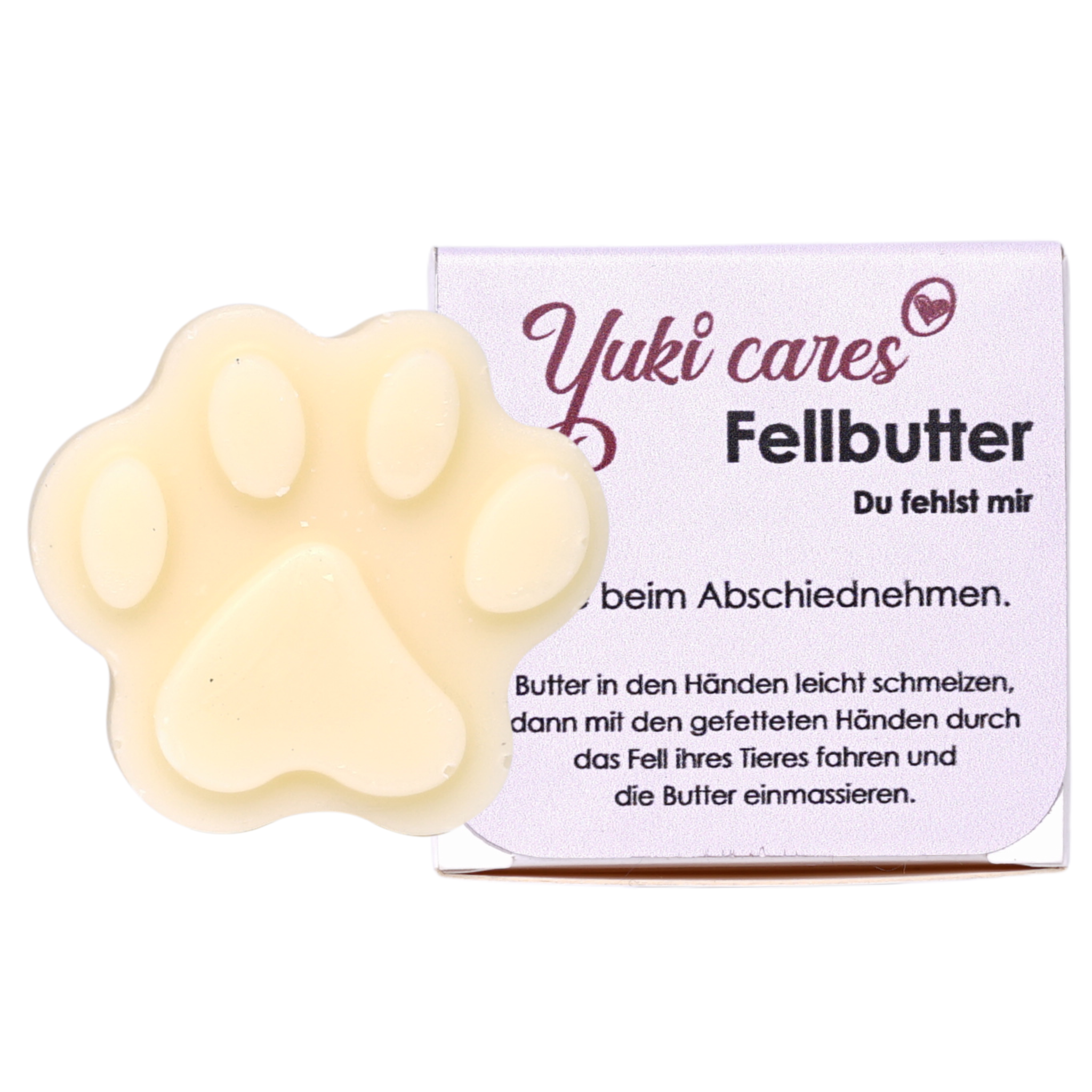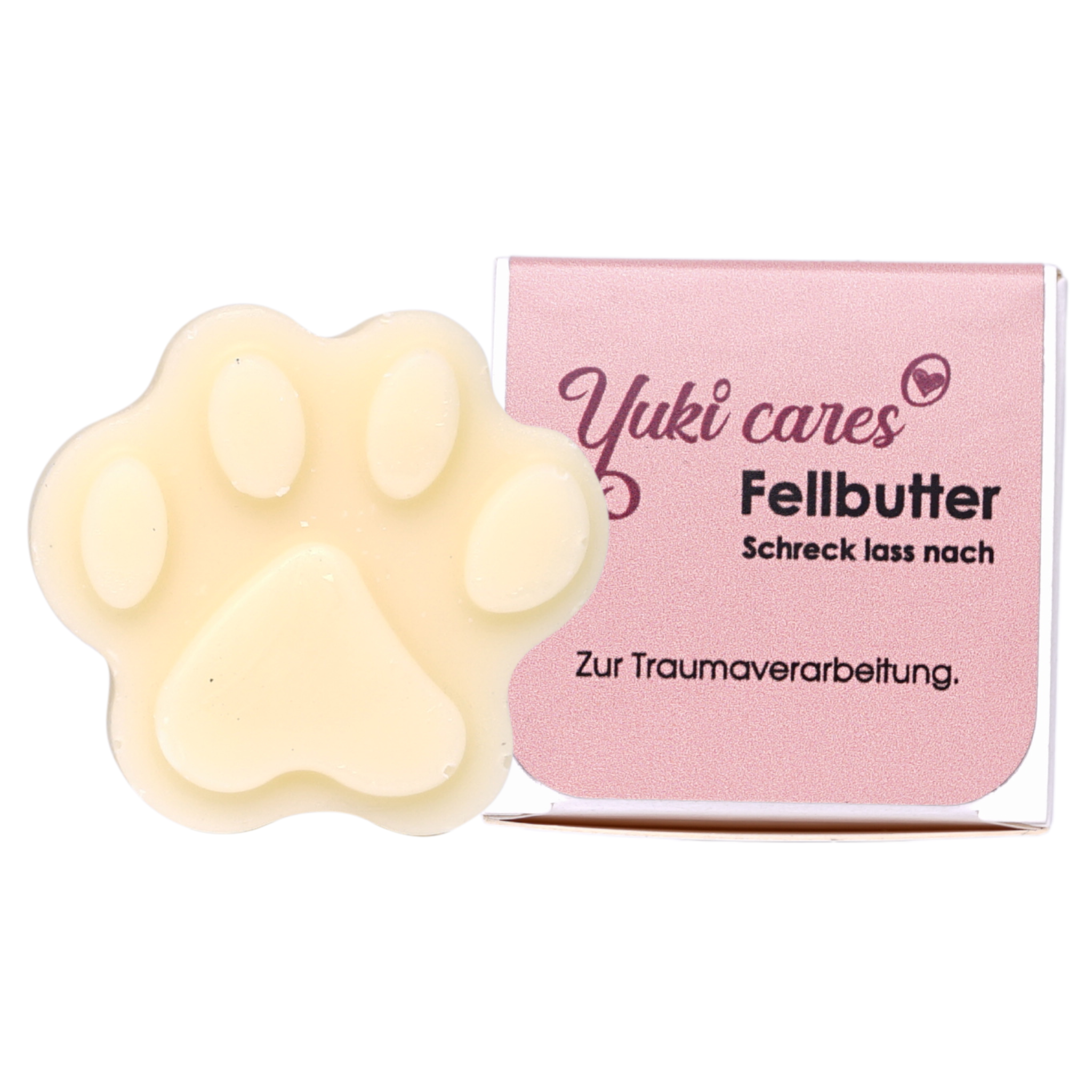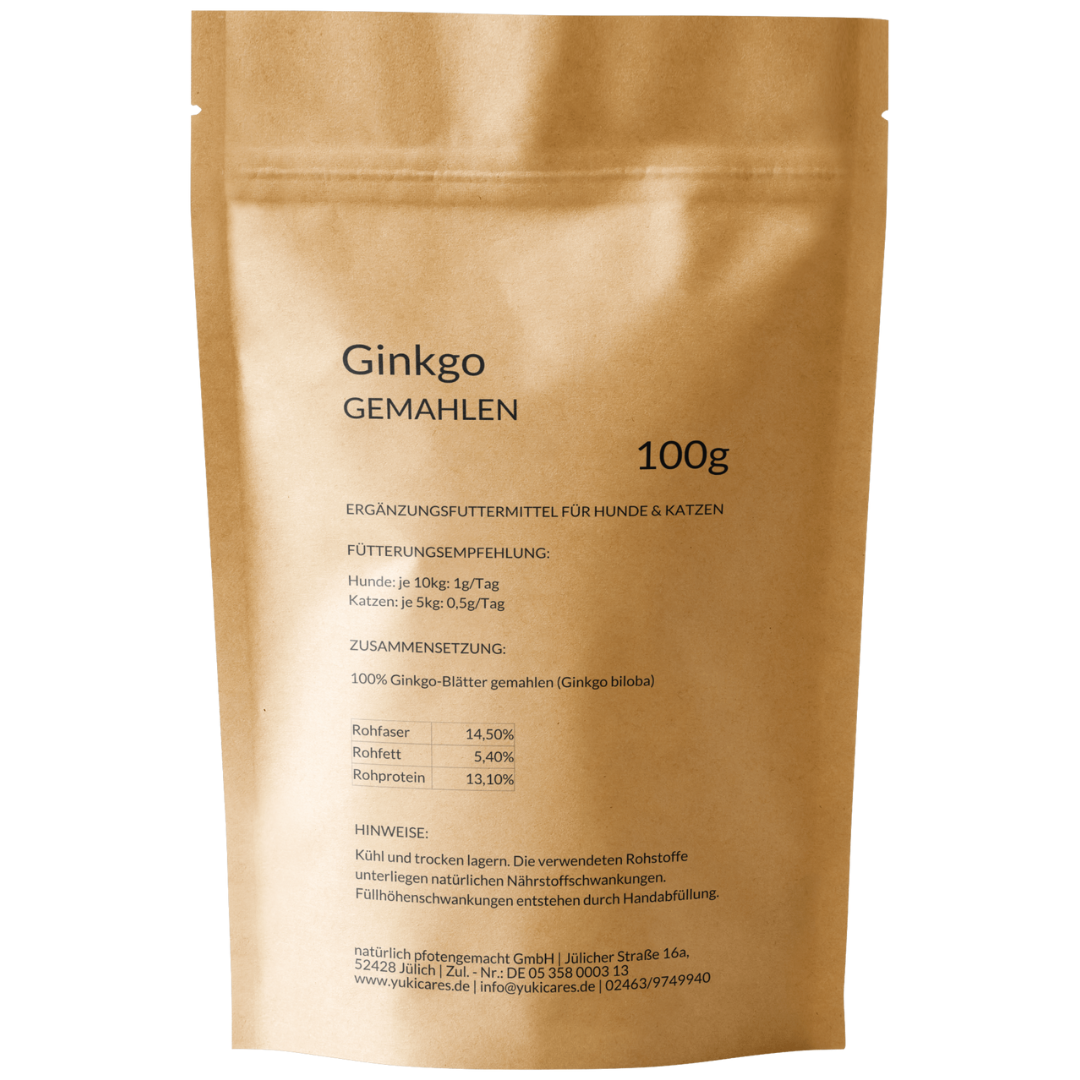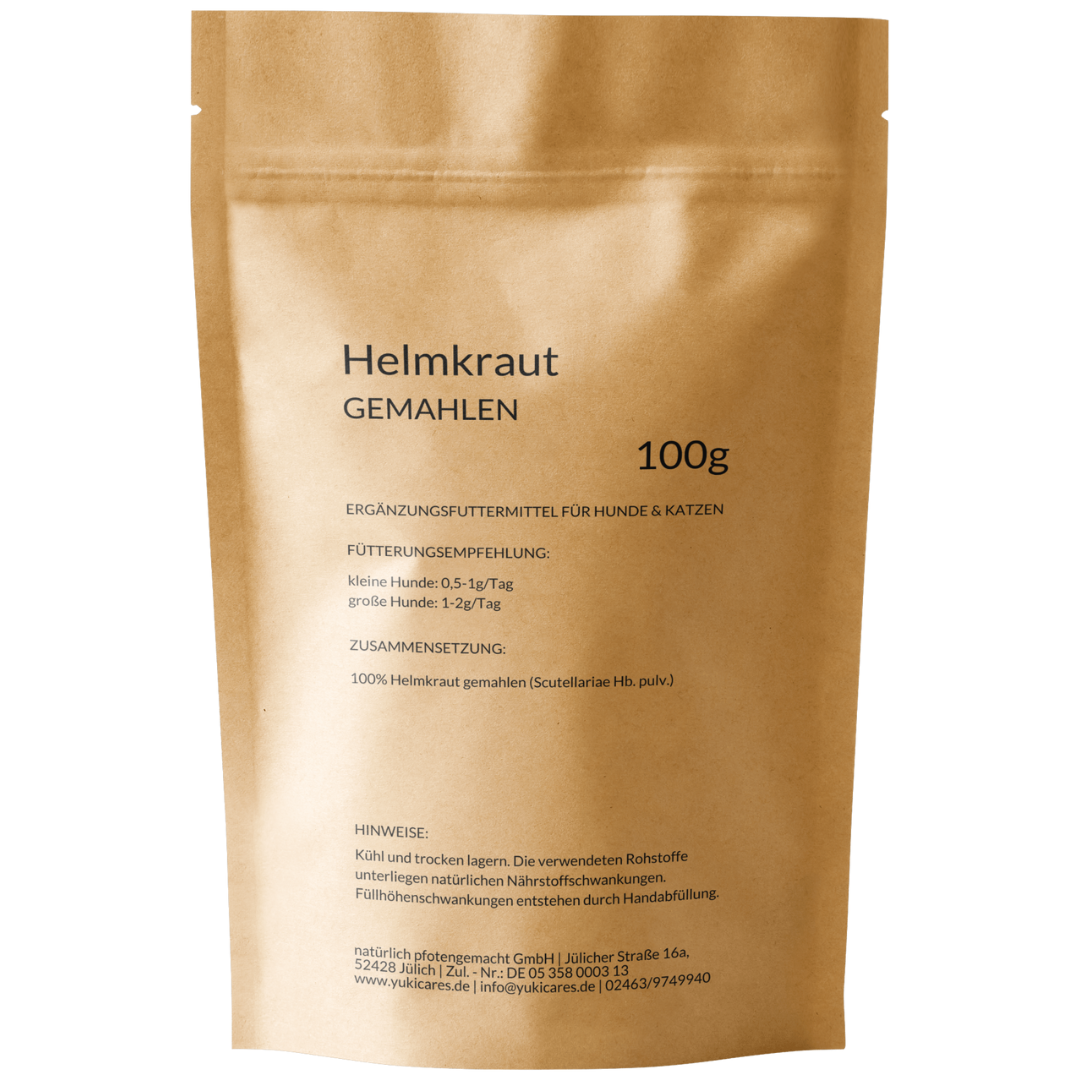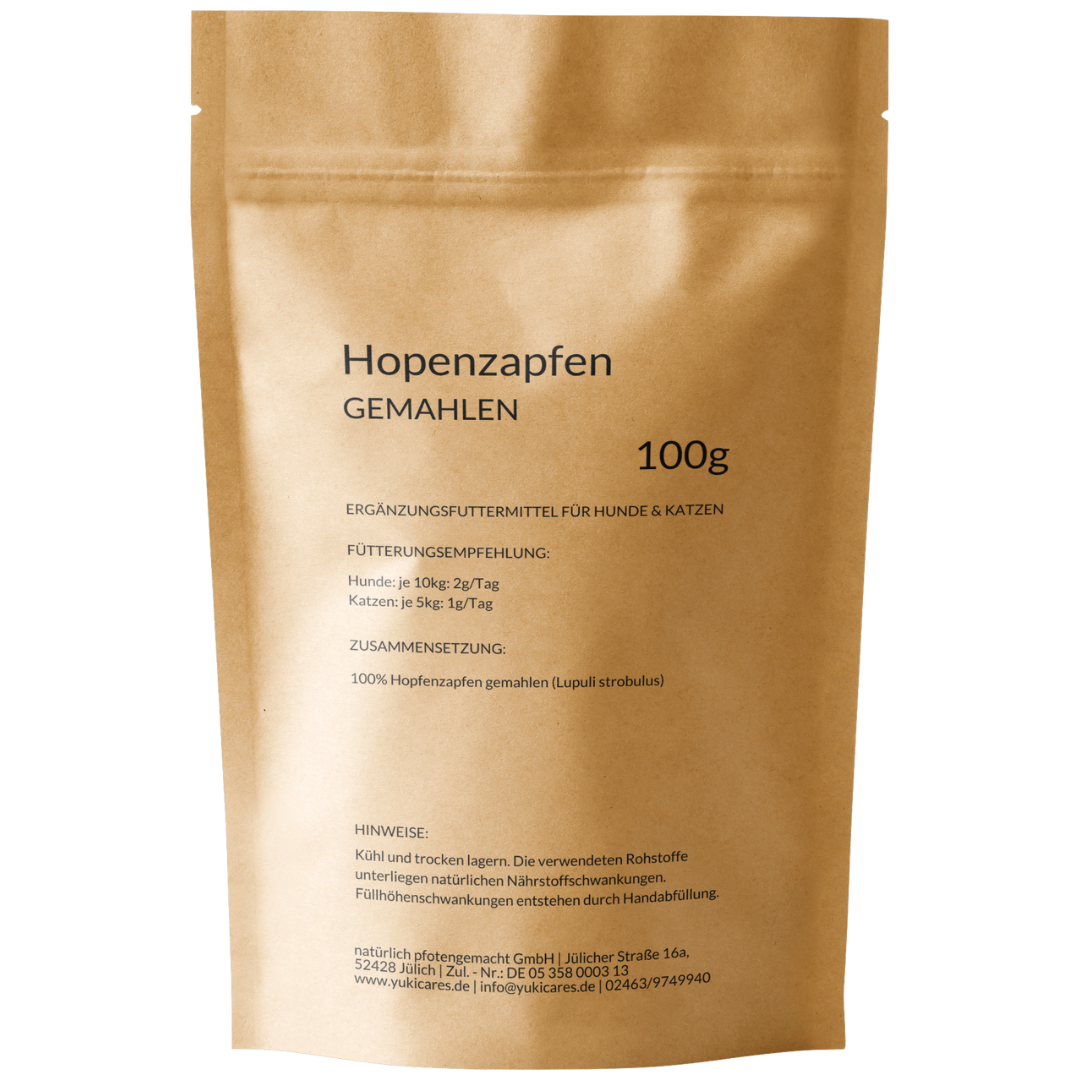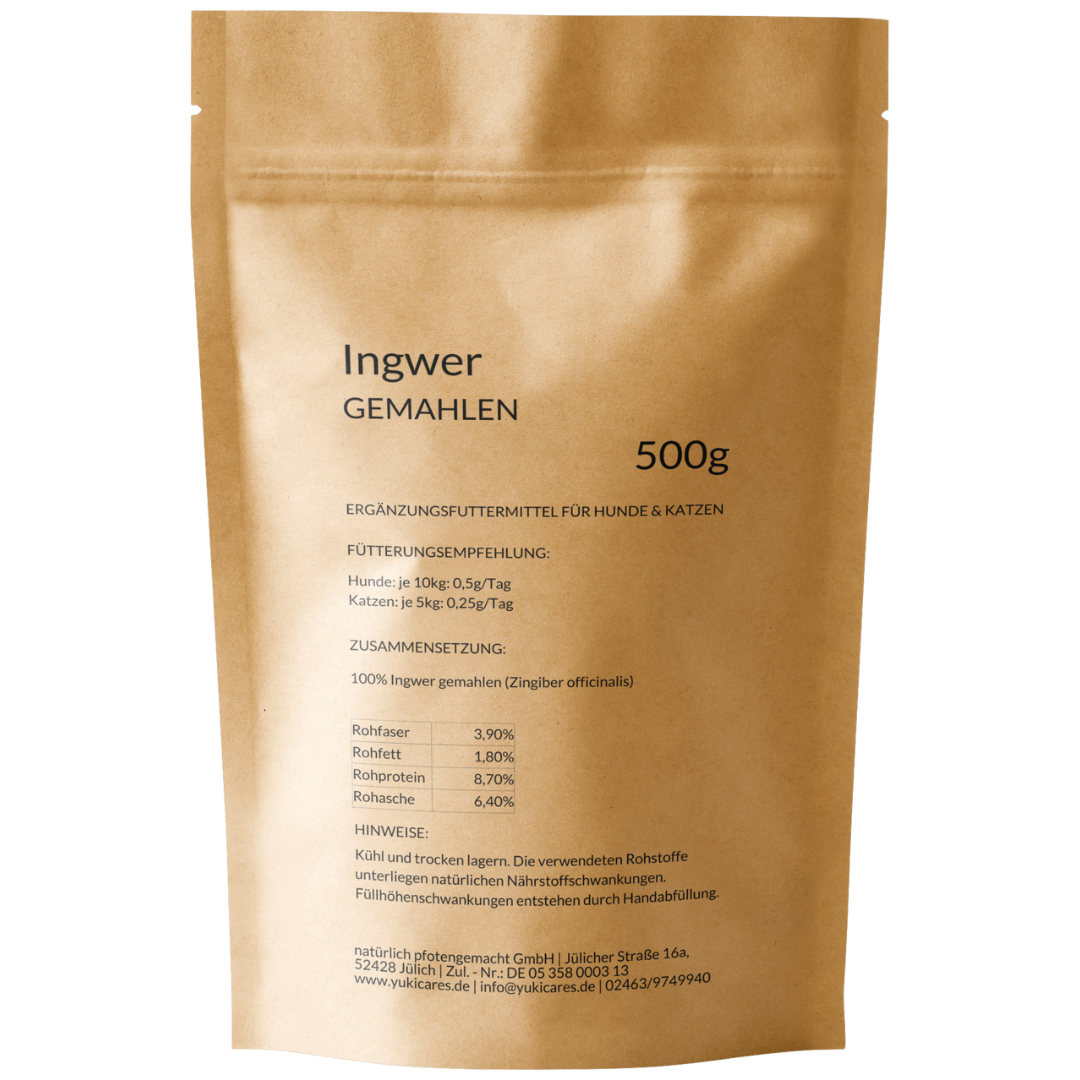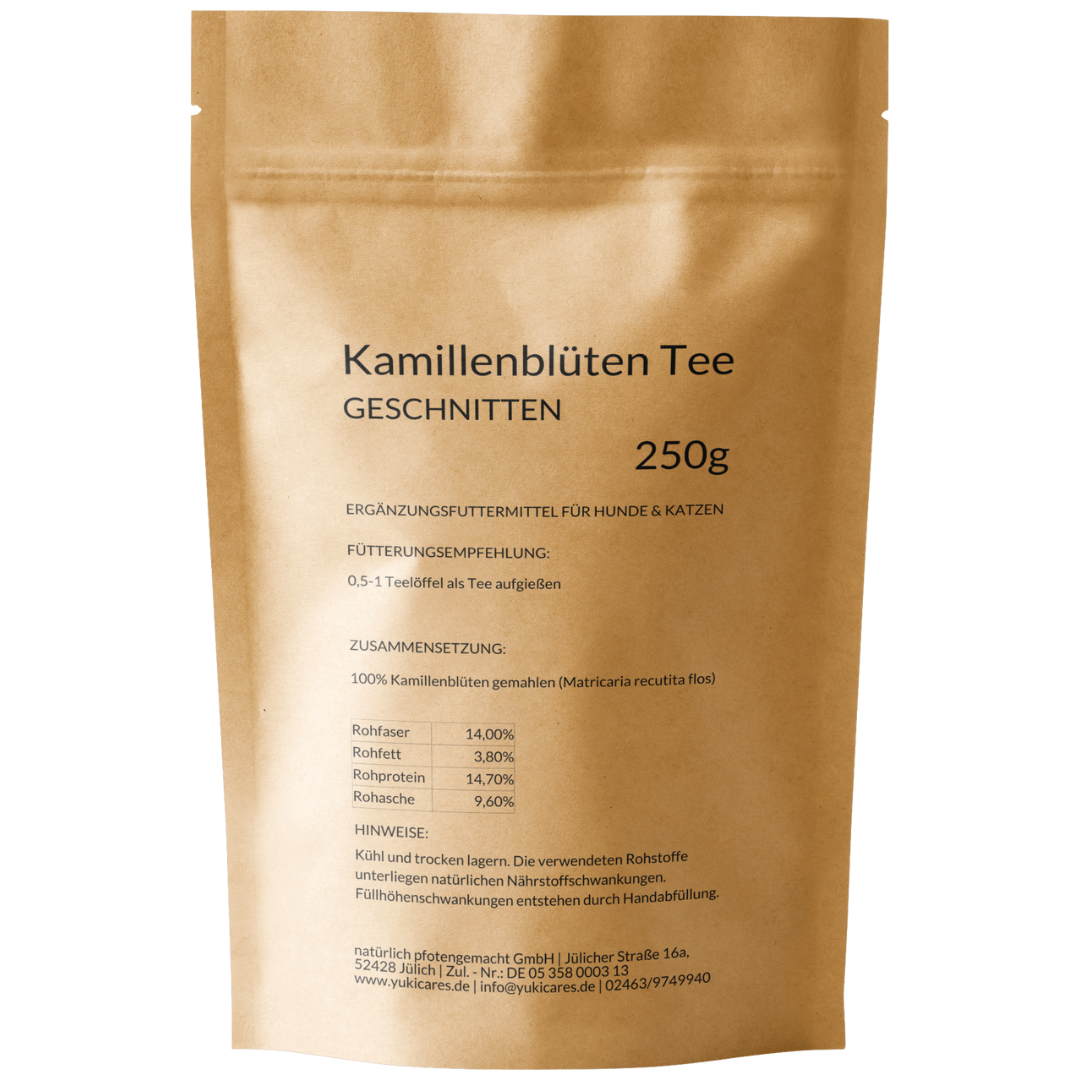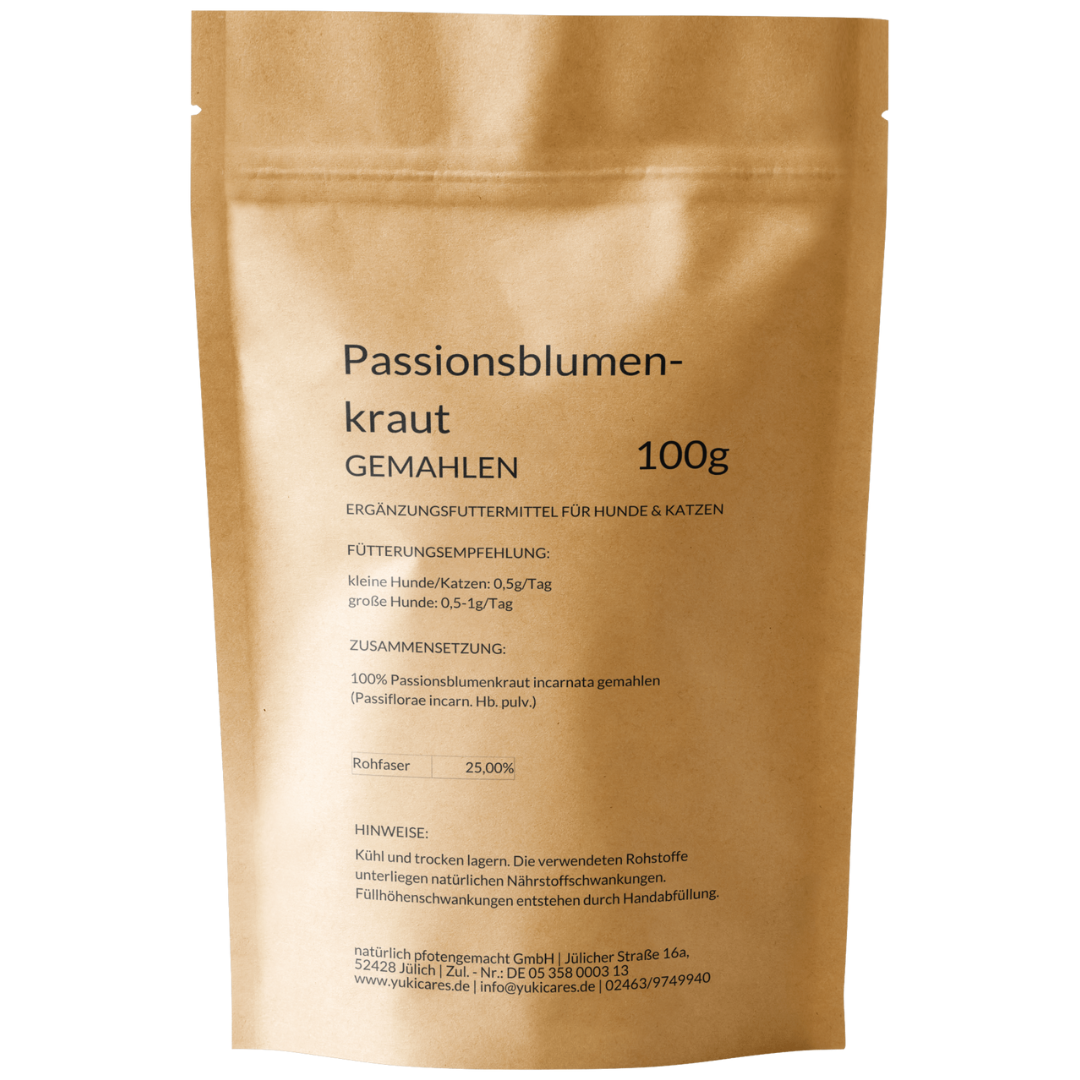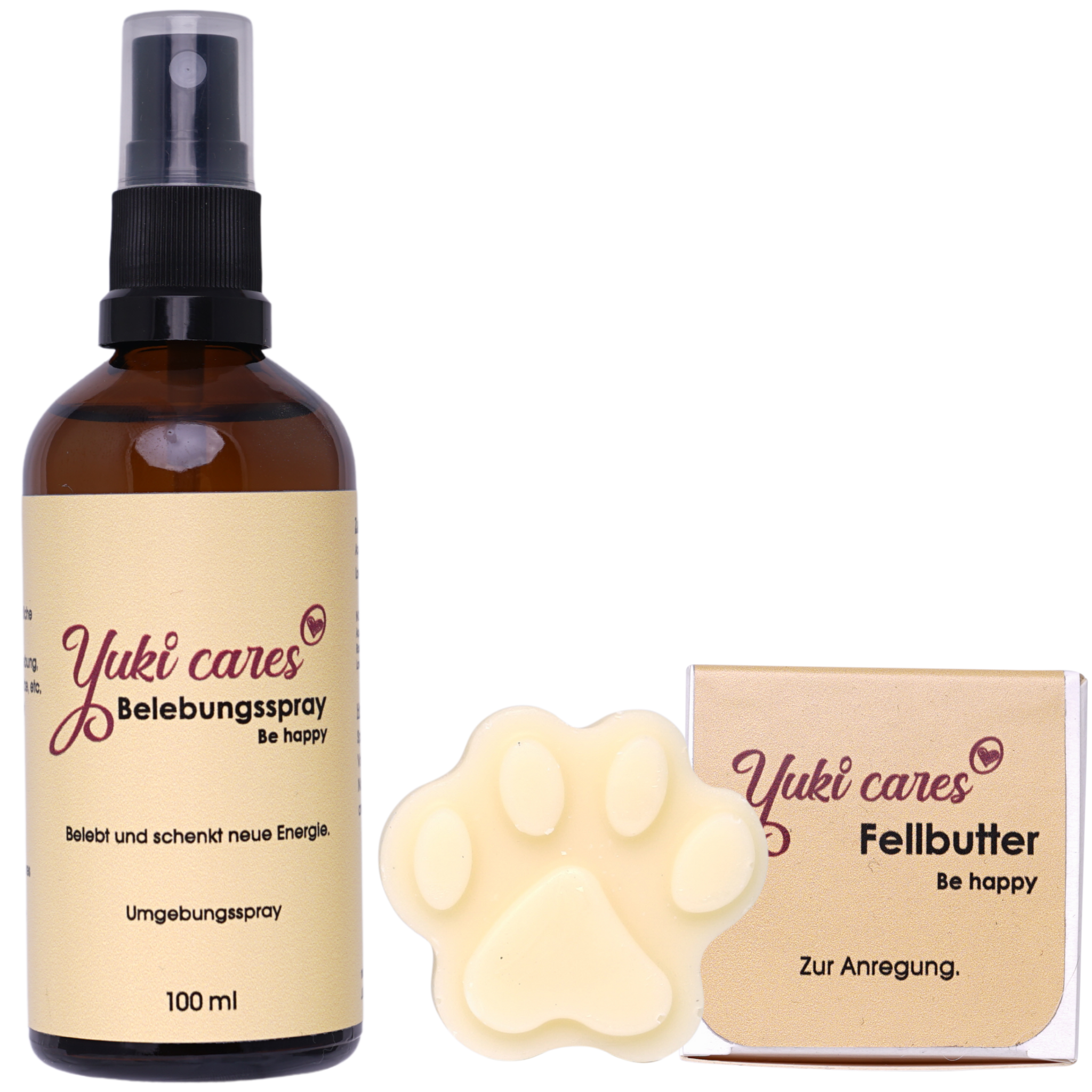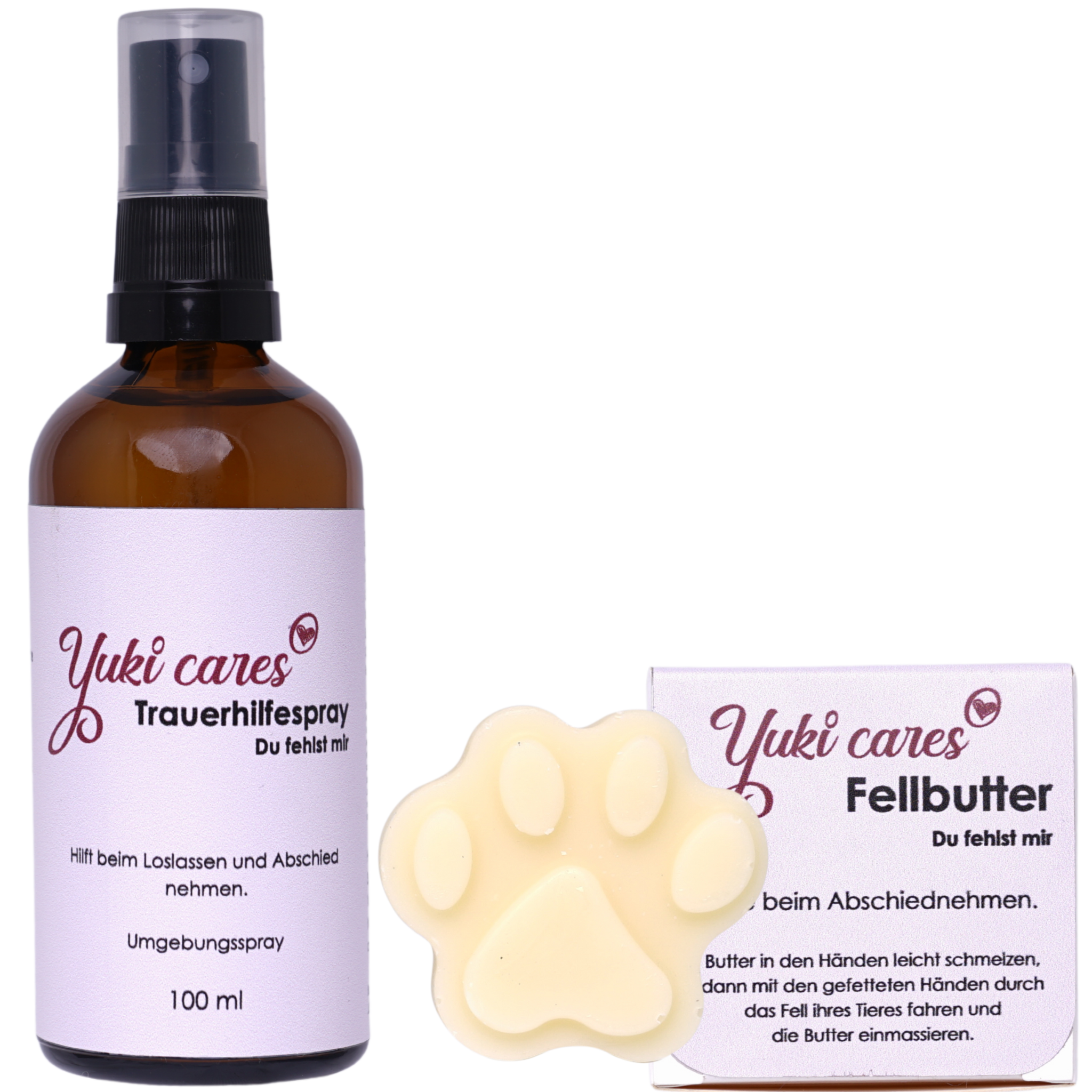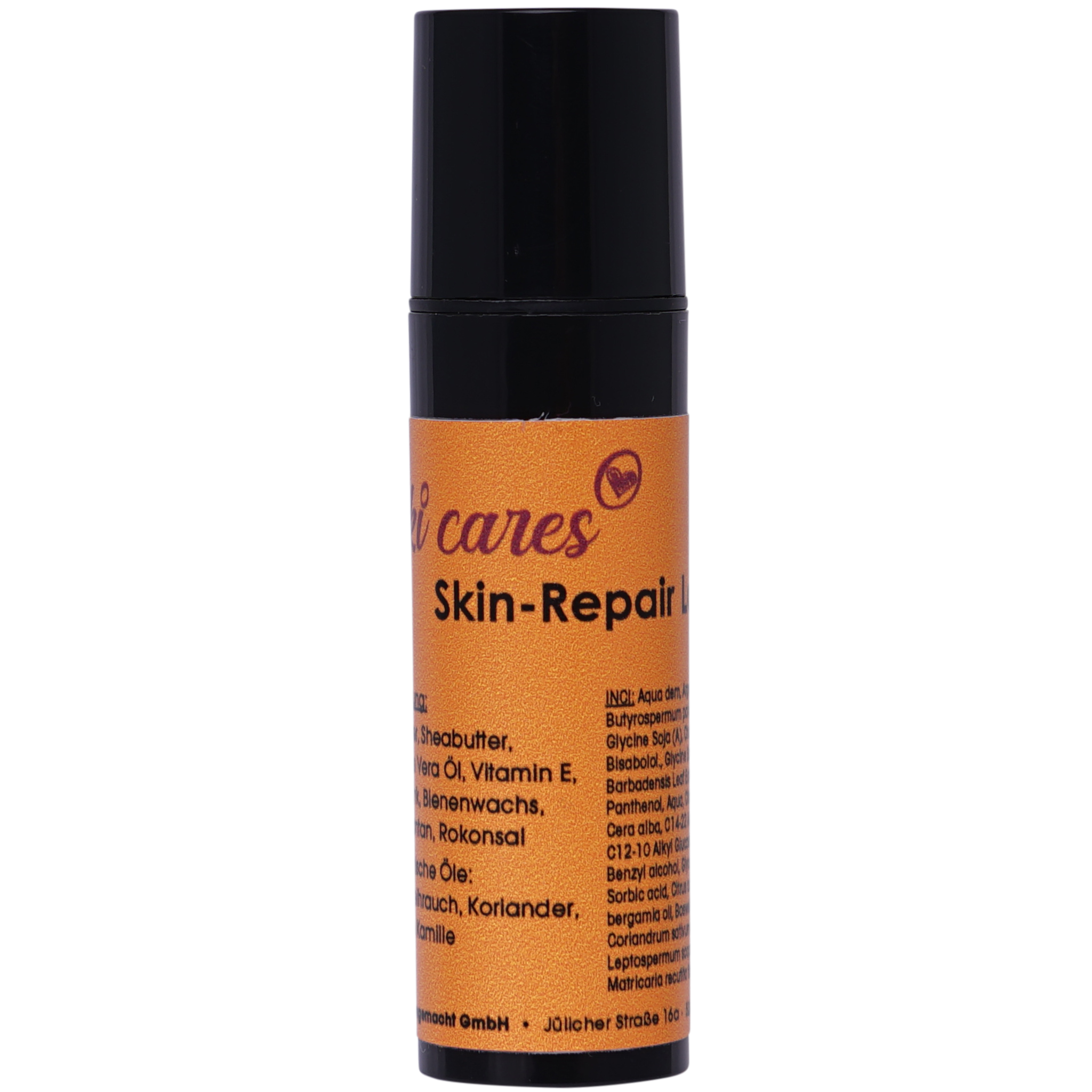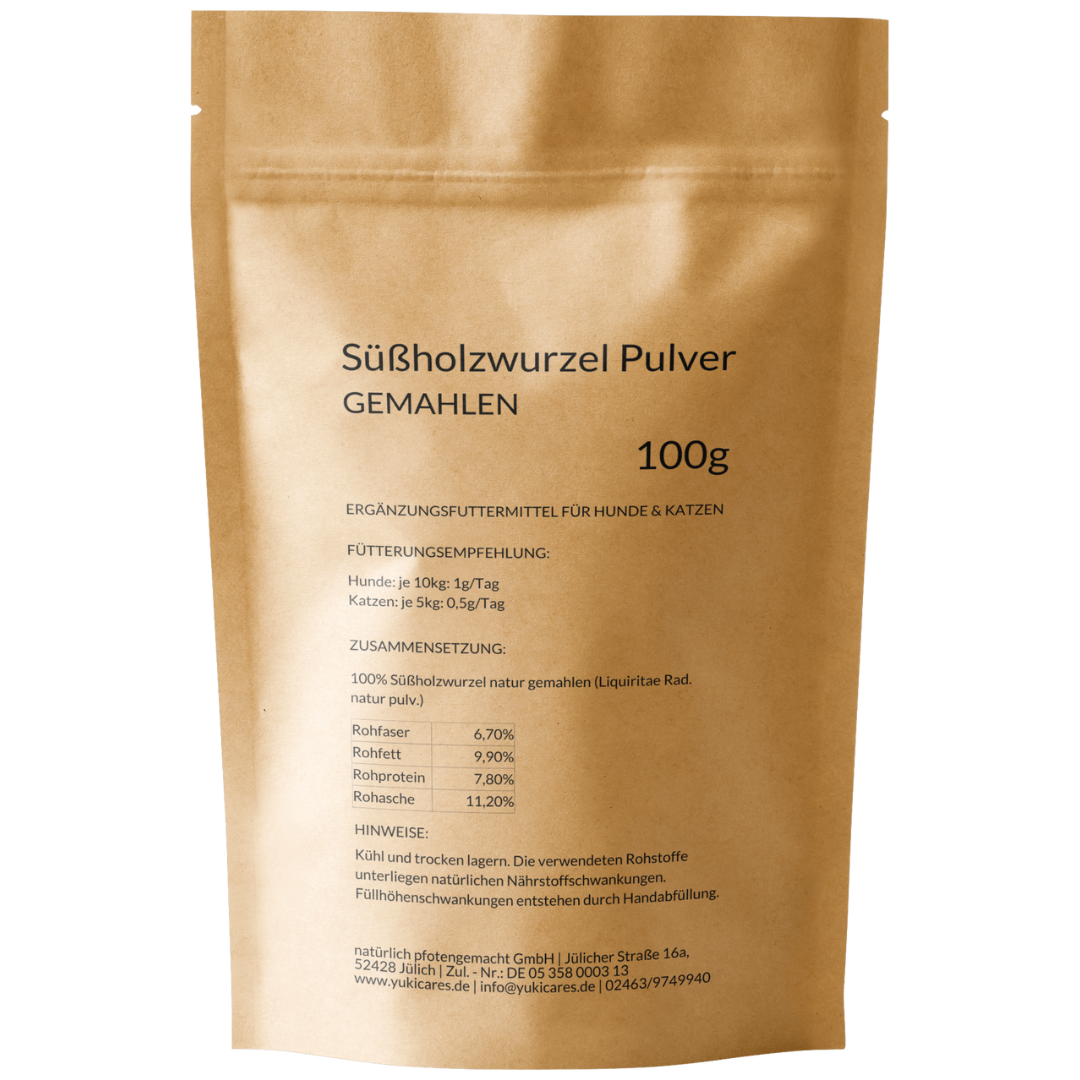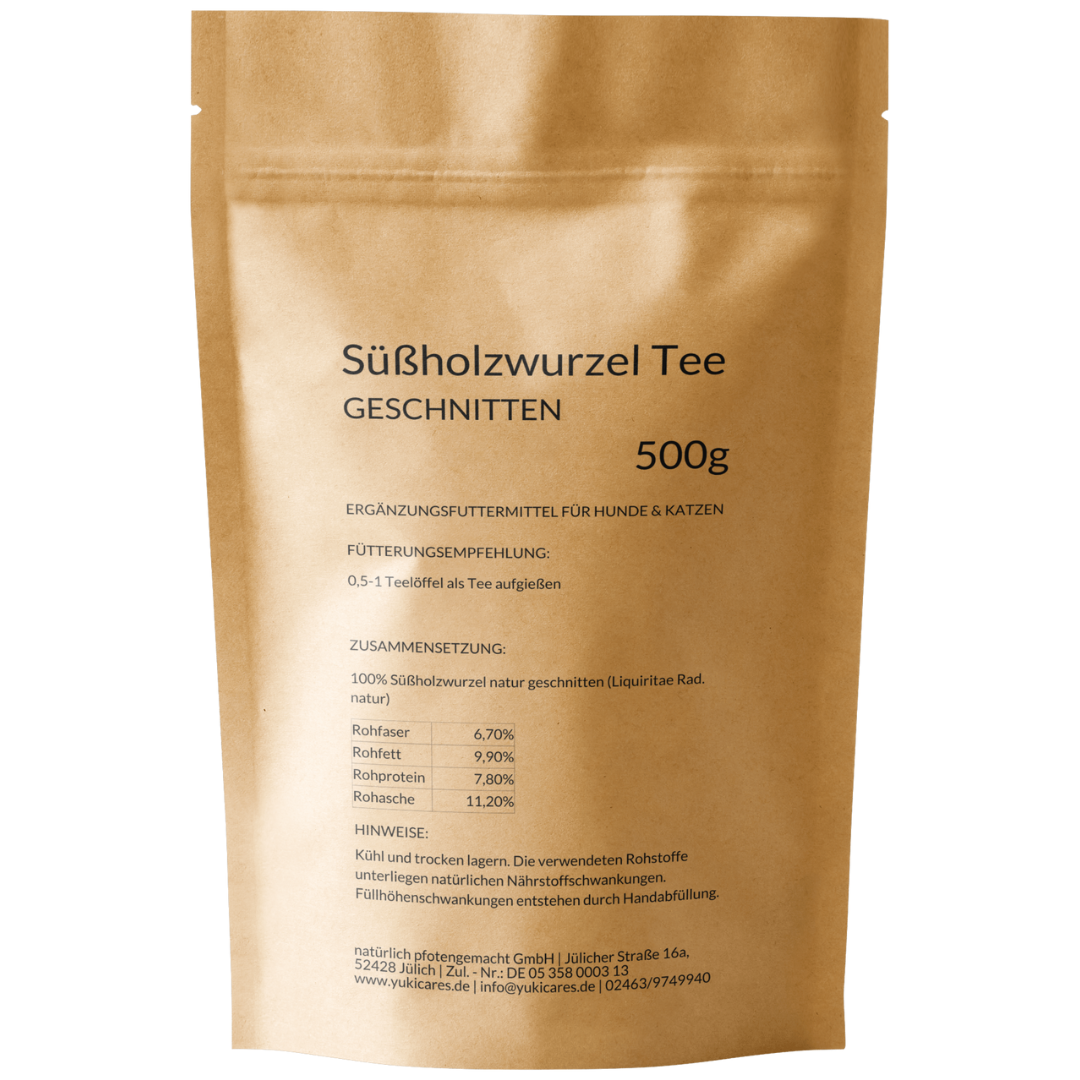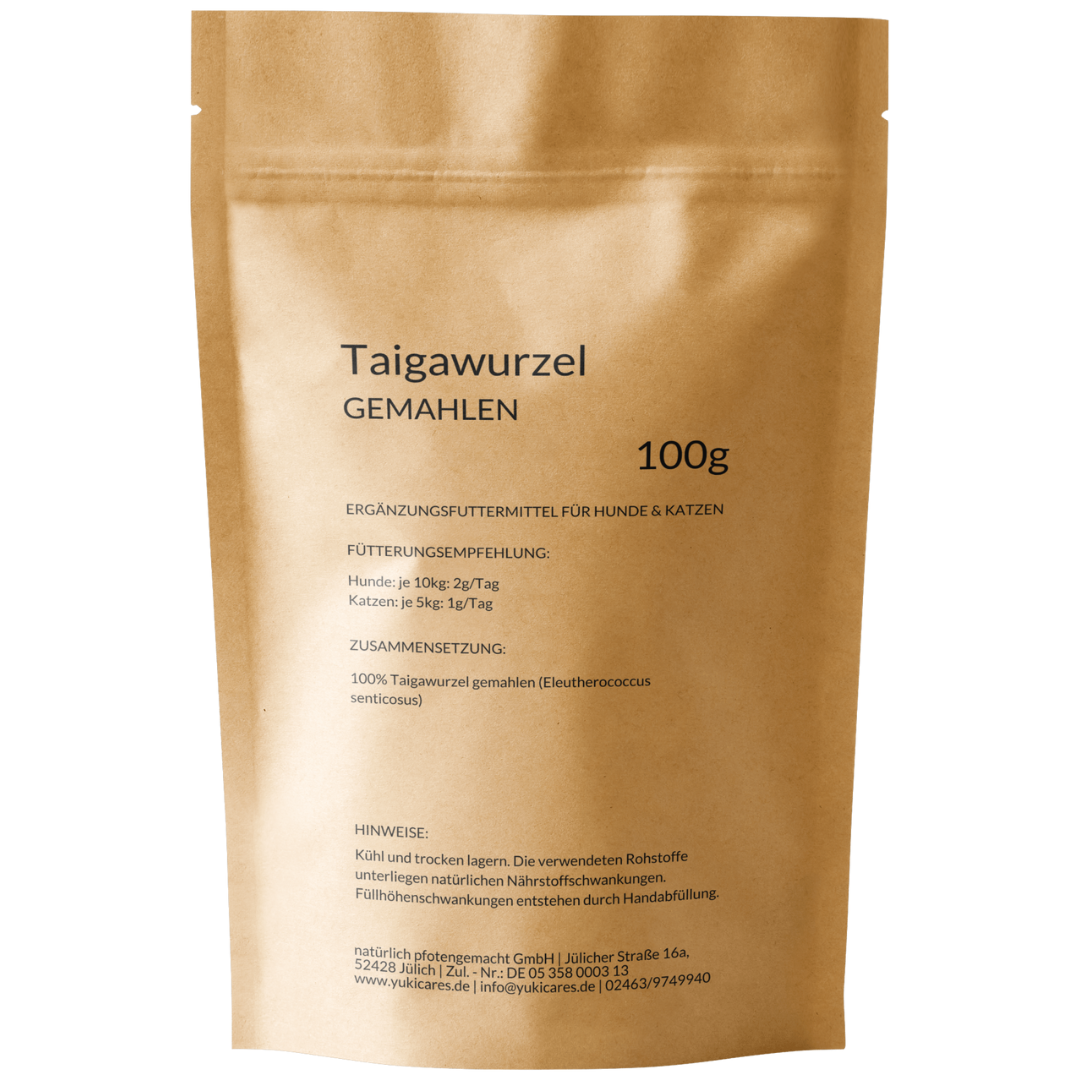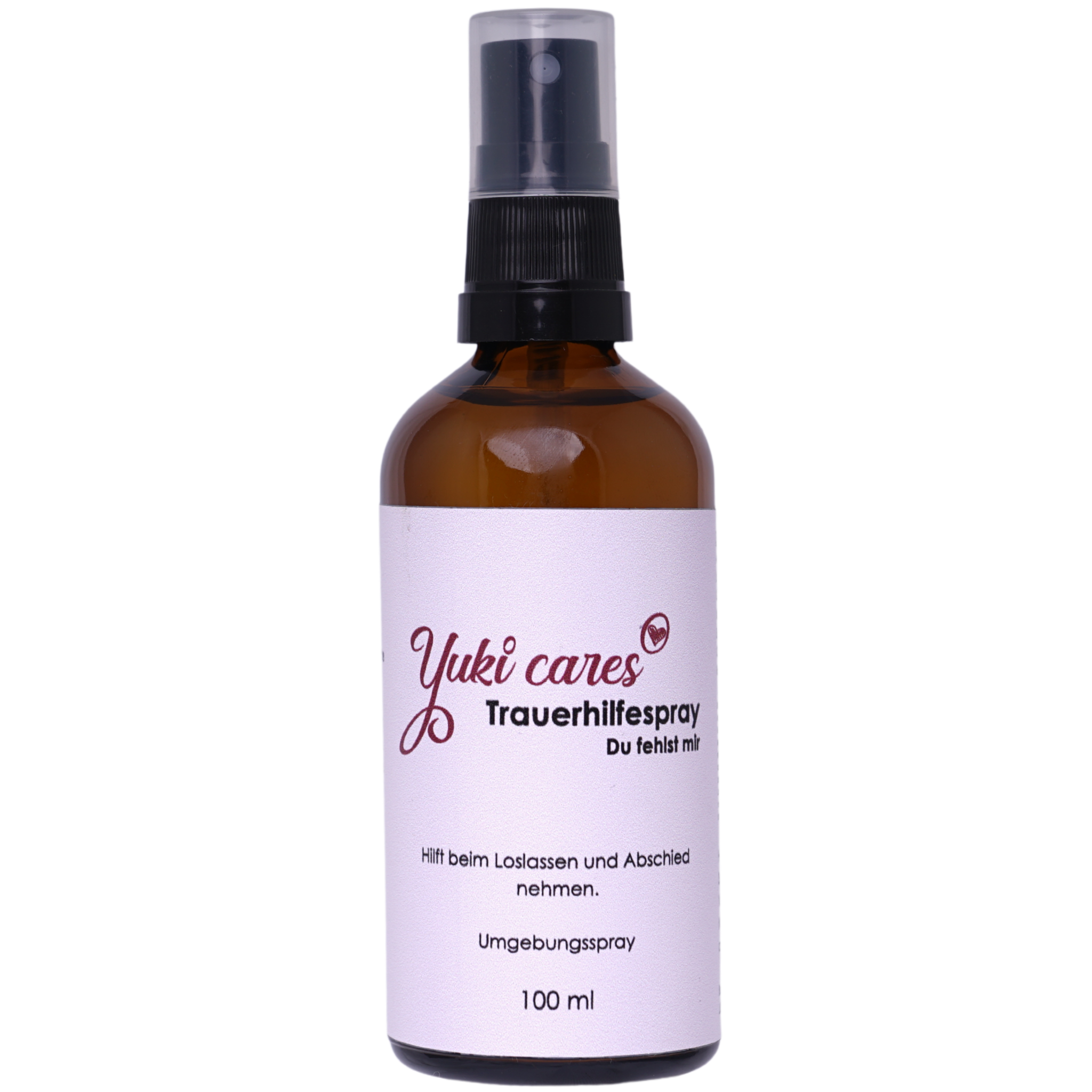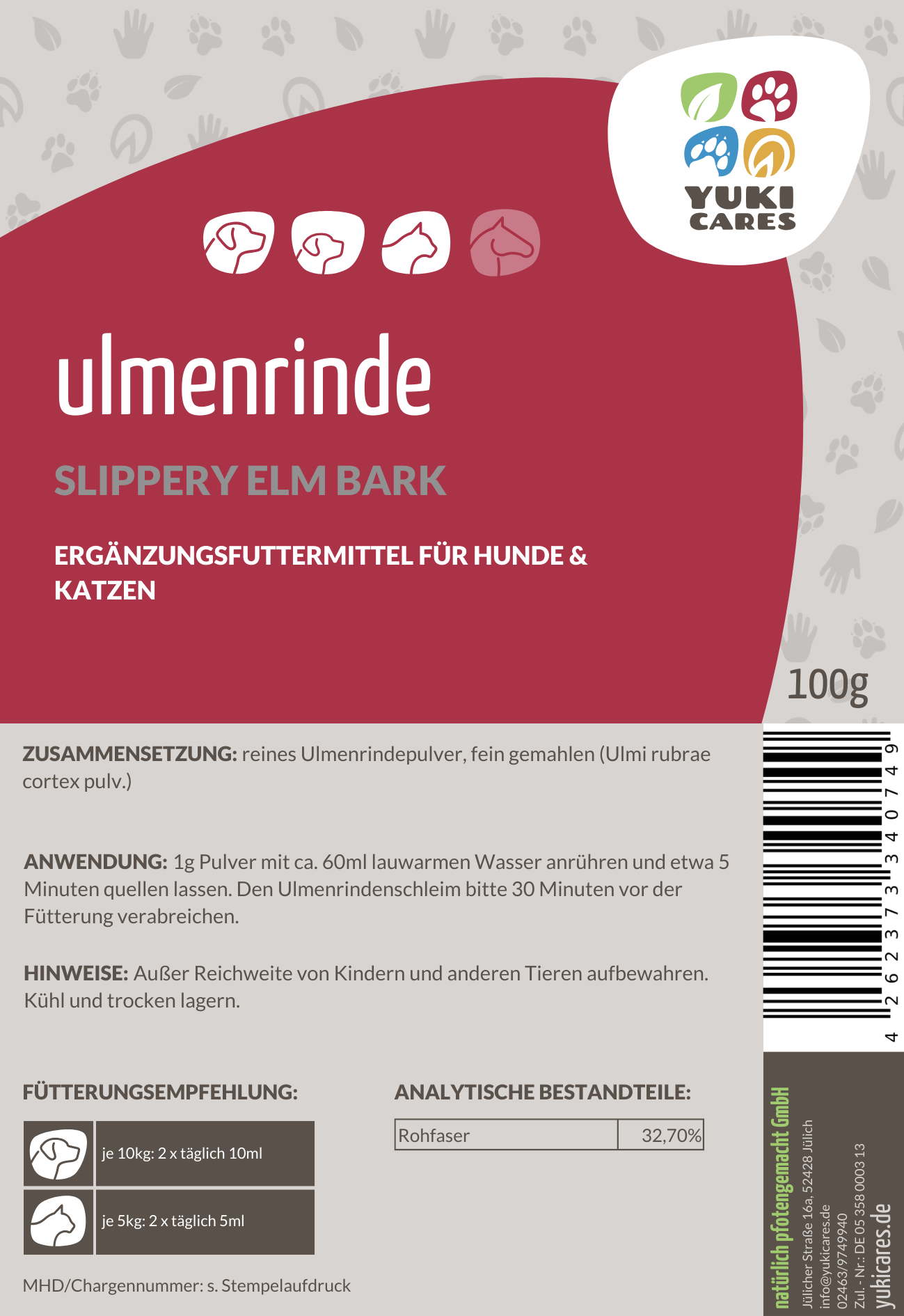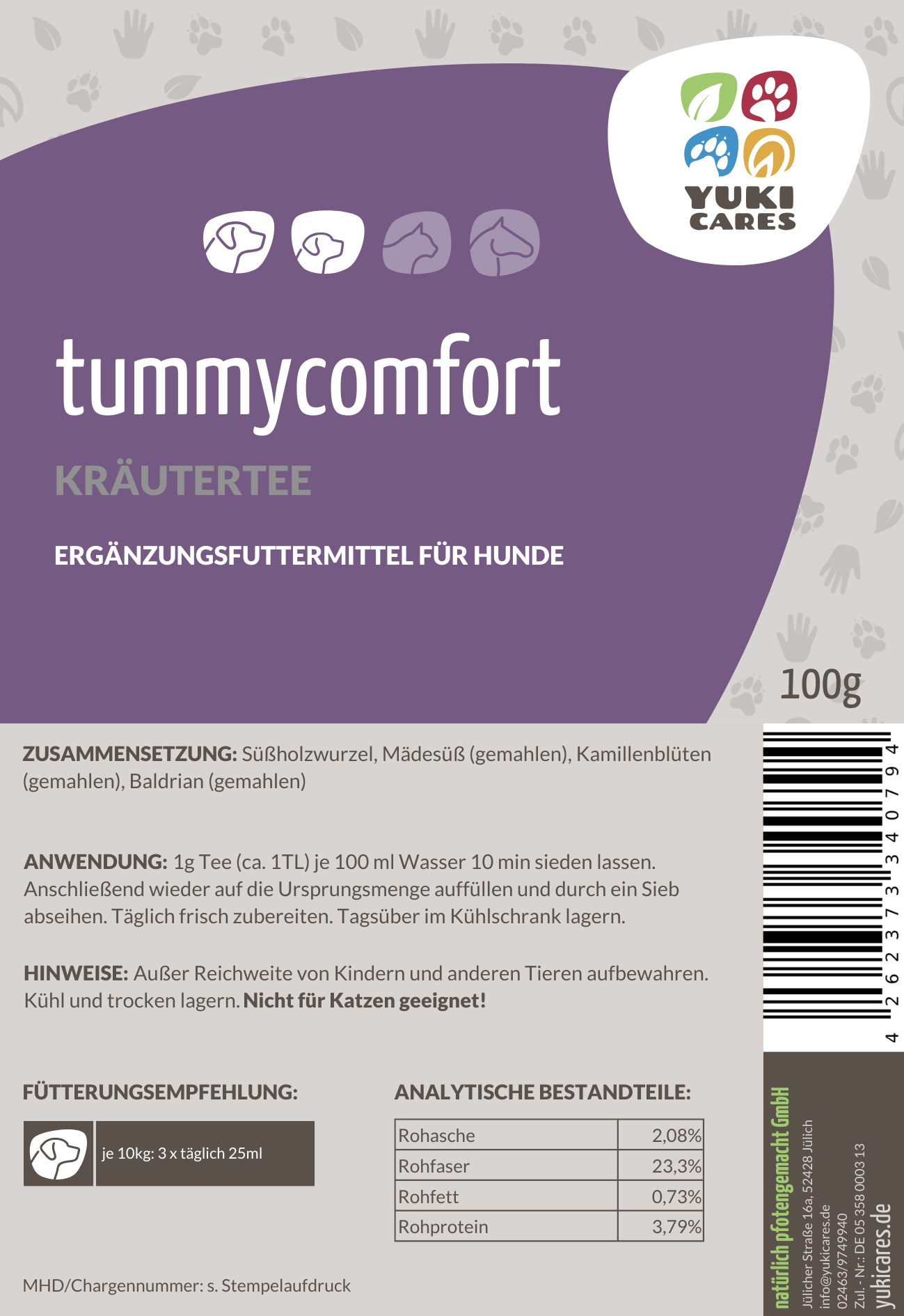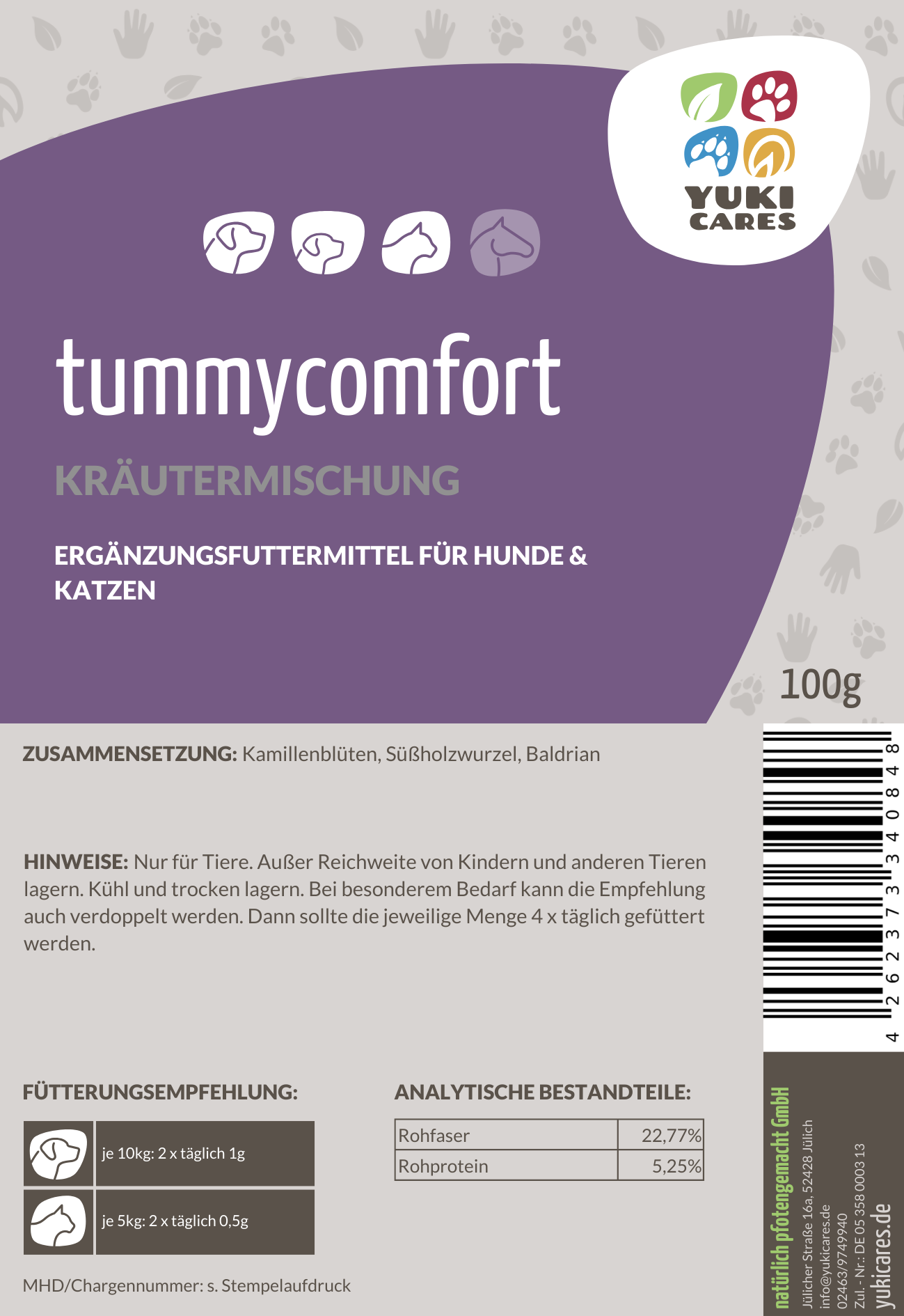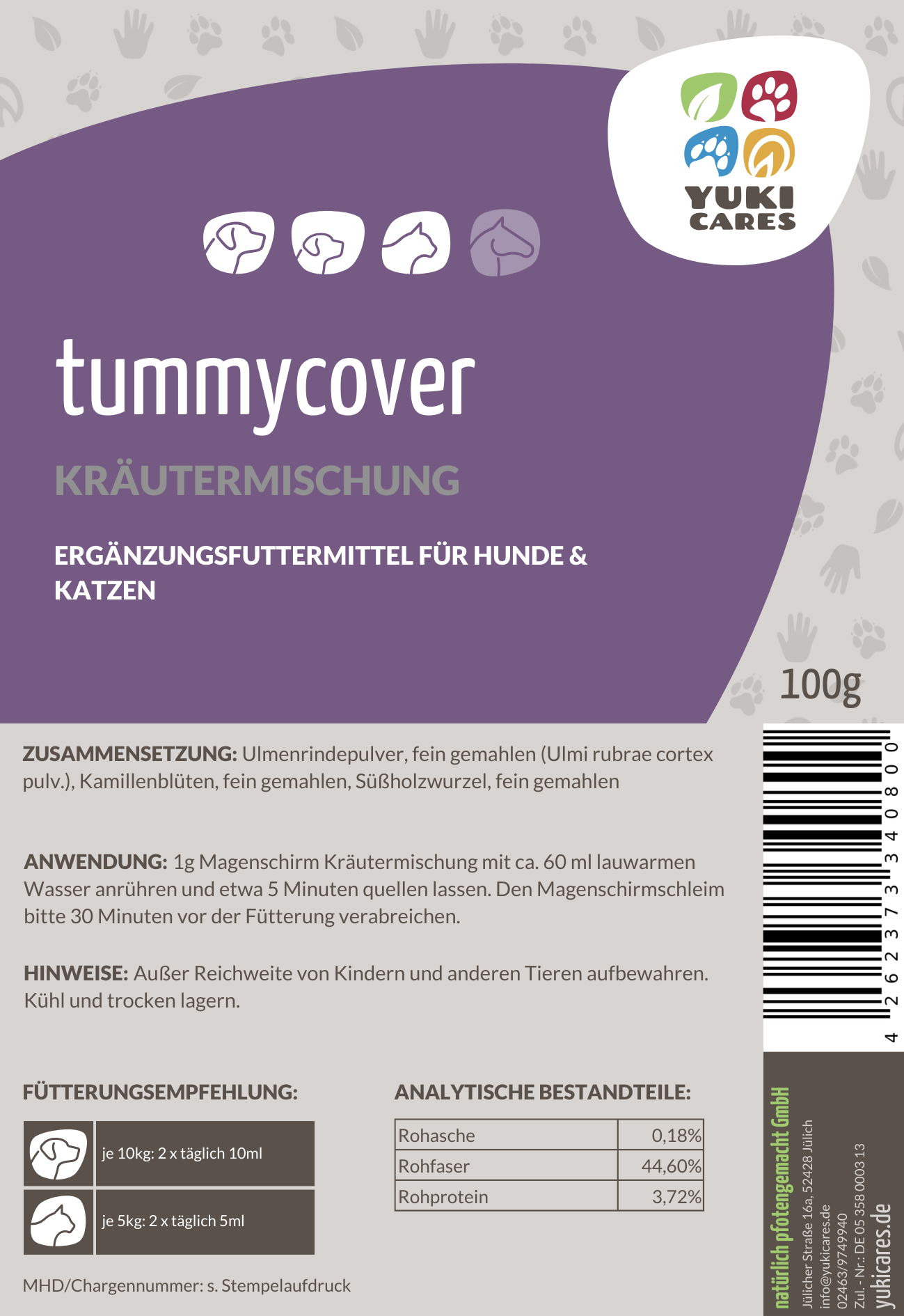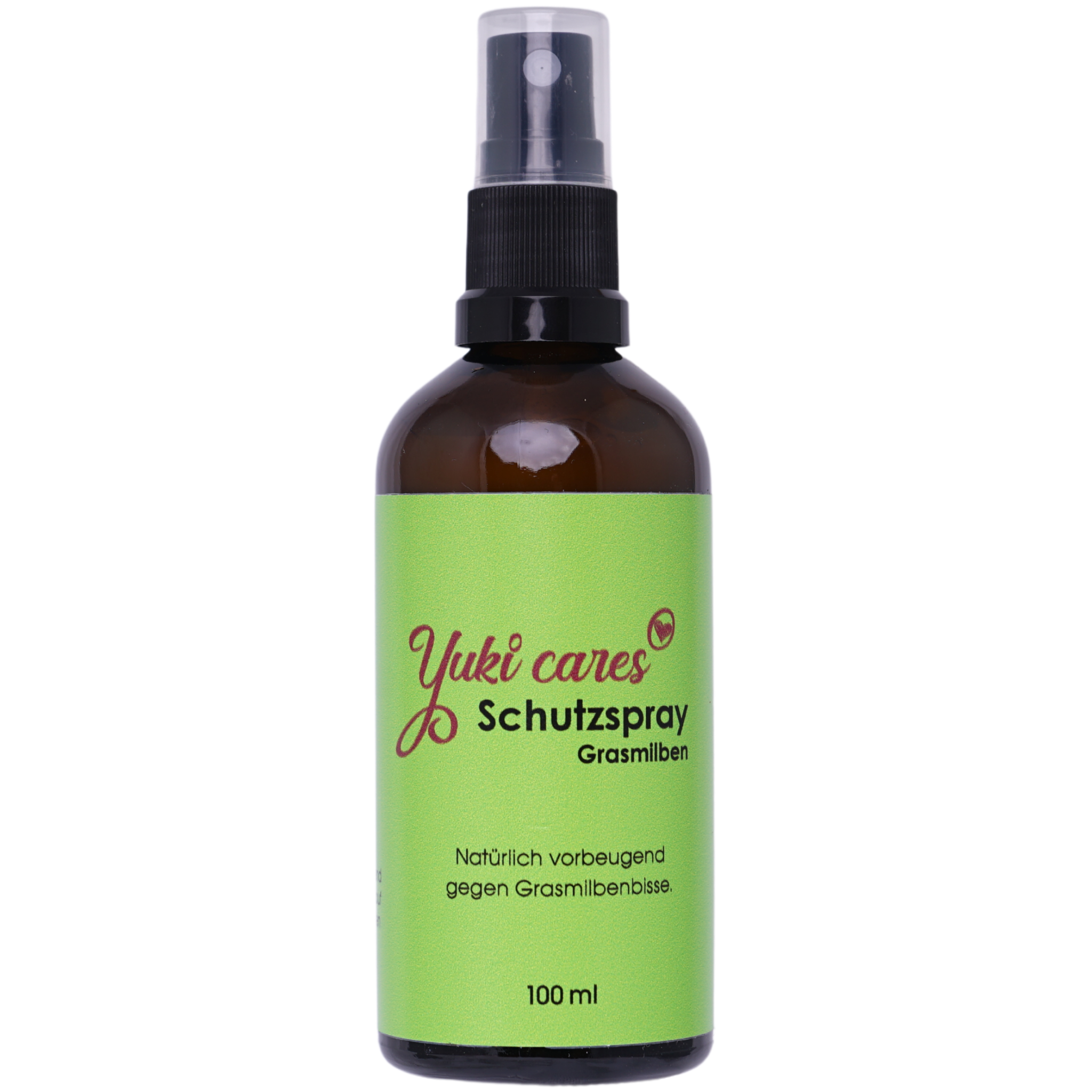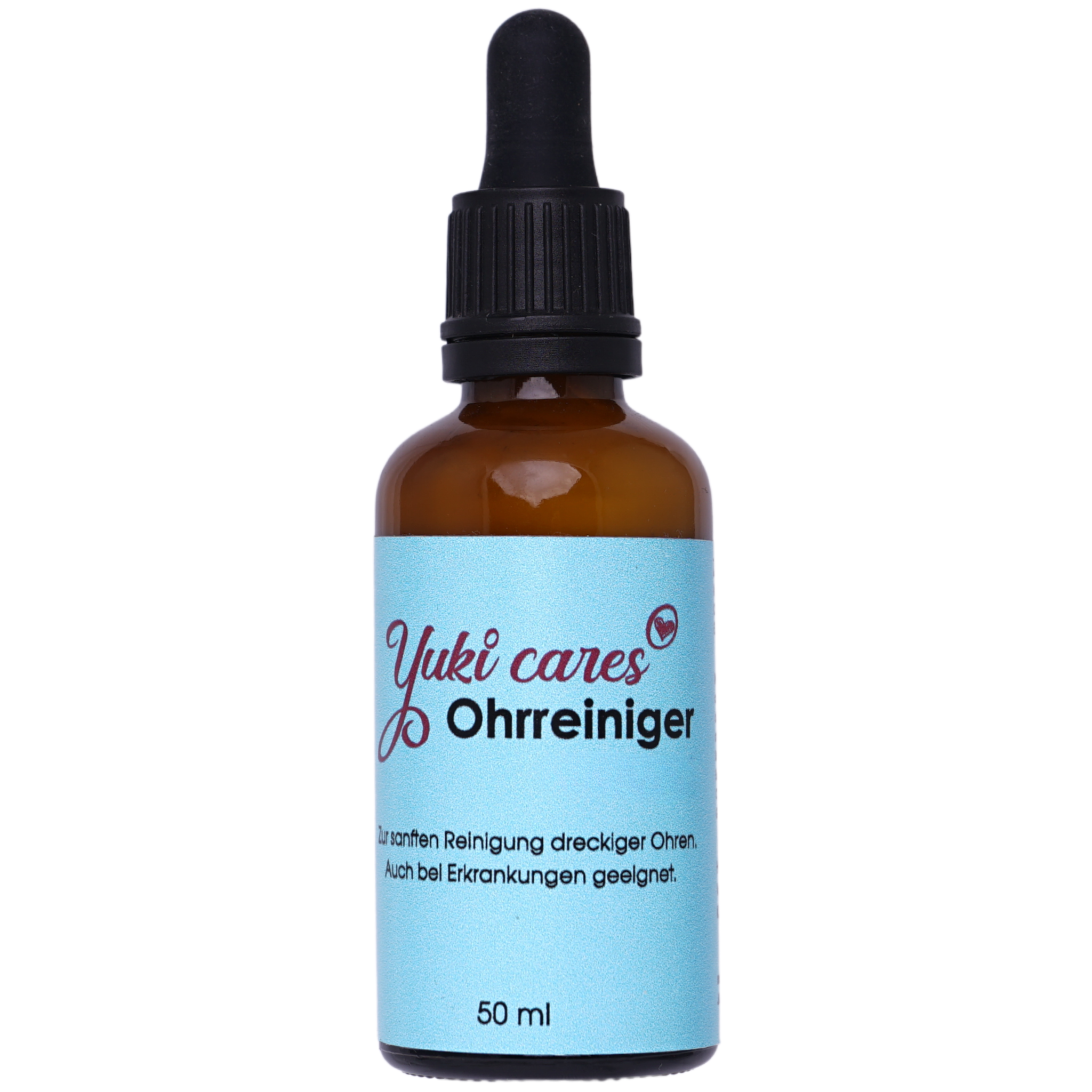Soap is the result of the reaction of fats with an alkali, in our case NaOH. This separates the fatty acids from the glycerol molecule, producing soap. Chemically speaking, soap is the sodium salt of fatty acids.
In classic industrial soap, the glycerin is then separated and used for other products; in handmade soaps, it remains, making them much gentler on the skin.
If you add less lye than is needed to saponify all the fat, the soap will retain fat. This is called superfatting or under-lyzing. Soaps that aren't superfatting are really only suitable for cleaning, as they are too harsh on the skin.
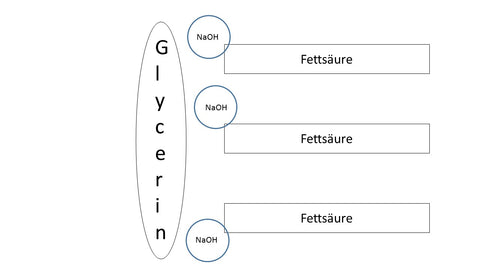 Superfatting of soaps
Superfatting of soaps
A normal skin soap usually has a superfatting content between 5% and 15%. Shampoo soaps generally work with 2-4% superfatting, but I've personally had better results with a superfatting content of 6-9%. This depends heavily on the hair structure. Since we don't want to remove too much fat from the dog's fur and skin to avoid disrupting the natural protective layer, we usually work with at least 9% superfatting in our fur soaps.
Saponification methods
Roughly speaking, there are two different types of saponification: the cold and the hot version.
cold saponification
During cold saponification, the fats are melted, the lye is stirred and allowed to cool, then everything is mixed together, molded, and allowed to harden. The soap paste heats up during the reaction anyway. Soap made this way must mature for at least 4-6 weeks before the reaction is complete and it can be used; otherwise, it is still caustic.
hot saponification
This is another reason why we opted for hot saponification. The glue is kept at a specific temperature and reacts completely immediately. Afterward, you can add specific care oils that you want for their effect and that are then not saponified. The soap is then molded, hardens, and is ready to use after 1-2 days of drying. The disadvantage is that the structure of these soaps is significantly coarser than that of fine cold-pressed soaps.
Which fats?
The choice of fats in a soap determines the final properties of the soap.
There are fats that foam particularly well (e.g. coconut oil), fats that support the foaming fat (e.g. castor oil), nourishing fats that make the soap solid (e.g. shea butter or olive oil) and nourishing fats that have a very special effect on the skin or hair (e.g. argan oil, avocado oil or broccoli seed oil).
Depending on the effect and properties you would like to achieve, you have to combine the fats and their quantities accordingly. 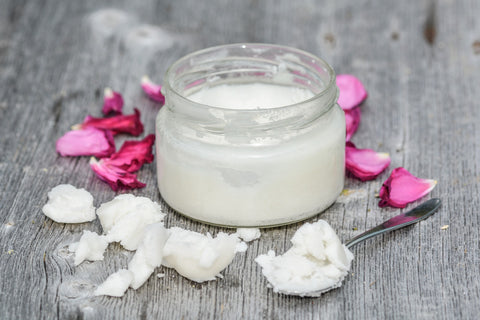
Fur soap
Hair soap contains more foaming oils than body soap, as it's designed to lather well and spread easily in the hair. It also contains other conditioning oils or essential oils that have a special effect on the hair, and the superfatting is different than in regular shower soaps. This is why washing your hair with regular shower soap won't leave it looking beautiful, depending, of course, on your hair structure.
The big difference to shampoo is that soap doesn't contain silicones, parabens, PEGs, and all the other stuff that makes wet hair smooth. When you wash your hair with warm water and soap, the cuticles of your hair open up. When it dries, they automatically close again, but your hair doesn't feel nice when it's wet. It's difficult to run your hand through it; it feels very stuck, and combing is painful. Industrial products therefore contain substances that wrap around the hair to make it feel better. However, underneath this, the hair structure is often damaged without you noticing.
For a better hair feel, use an acidic rinse and targeted care oils instead.
Benefits of homemade soaps
-
fertility
A soap lasts significantly longer than a liquid product, making it cheaper to use overall, but the soap must always dry thoroughly. -
compatibility
It is not as easy to overdose on soap as it is on a liquid product, which is particularly beneficial for sensitive skin. It also contains fewer allergens. -
Re-fatting
Solid soaps with good superfatting are significantly milder and more moisturizing than liquid surfactants. -
Environmental compatibility
A soap produces significantly less packaging waste and is more biodegradable than other surfactants -
Free from artificial additives
Since we work without artificial pigments and fragrance oils, our soaps are completely free of artificial additives, silicones and microplastics -
Germ-free
The alkaline surface of solid soaps leaves bacteria with no chance. To keep them looking their best, they should always be allowed to dry thoroughly. -
Vegan
We do not use any animal products for our soaps


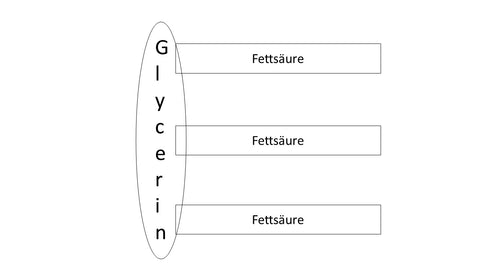
 Superfatting of soaps
Superfatting of soaps